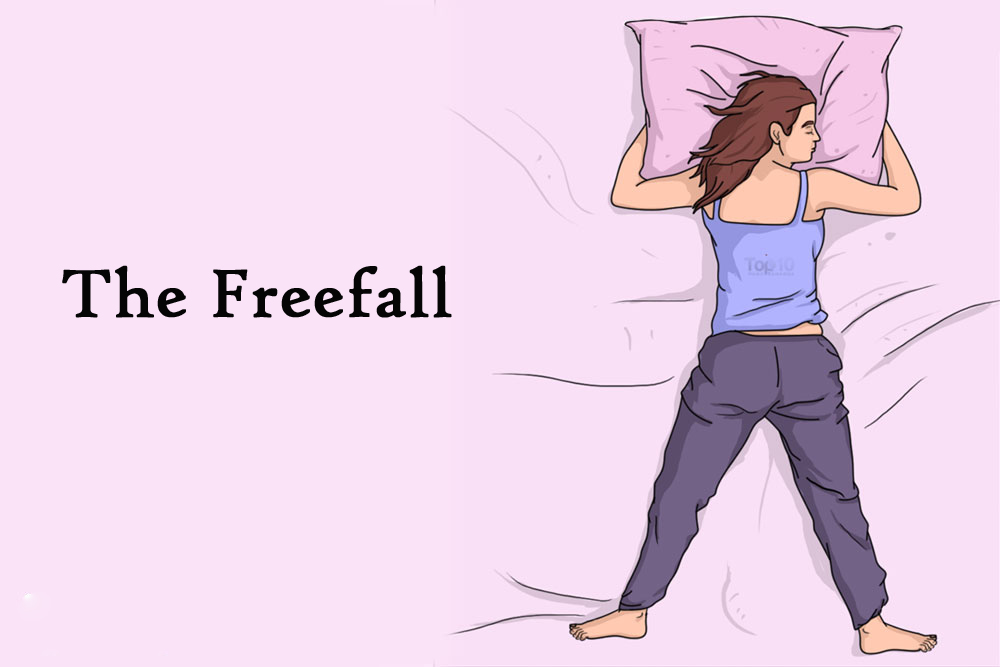
Payment is only required initially for the Level 1 training course and jump by making a deposit online and paying the balance on the day of the course. It consists of eight jumps which are classified as Levels 1 – 8. The AFF course can be done as an individual or in a group with a maximum size of four students to one Instructor. All jumps will end with a full debrief and a write up of the jump will be made in your personalised Log Book. Costs for subsequent levels will be a lot less than your original outlay as you have completed your “ground school” and will only require a comprehensive brief before subsequent descents. They will also have been instructed in the theory of parachute control and after deploying their parachute, this knowledge will enable them to land softly and safely on the drop zone, however, a radio communications back up is always used for safety reasons.Īfter you have completed your Level 1 you may then wish to continue to complete the whole course which consists of eight levels.

Students will be instructed in all aspects of skydiving and canopy control which will enable them to cope with the rigors of freefalling at 120mph, controlling their body in freefall and performing a set routine of drills, ultimately deploying their own parachute at 5,000 feet. During the freefall phase your two Instructors will give in-air tuition and be on hand to monitor your safety at all times. This opens to us a broad class of interesting situations.Īcceleration due to gravity is so important that its magnitude is given its own symbol, g.This two day course commences with a full day in the classroom followed by your first freefall skydive from up to 13,000 feet early on the second day. Acceleration due to gravity is constant, which means we can apply the kinematic equations to any falling object where air resistance and friction are negligible. The acceleration of free-falling objects is therefore called acceleration due to gravity. The force of gravity causes objects to fall toward the center of Earth. (It might be difficult to observe the difference if the height is not large.) Air resistance opposes the motion of an object through the air, and friction between objects-such as between clothes and a laundry chute or between a stone and a pool into which it is dropped-also opposes motion between them.įor the ideal situations of these first few chapters, an object falling without air resistance or friction is defined to be in free fall. A tennis ball reaches the ground after a baseball dropped at the same time.

In the real world, air resistance can cause a lighter object to fall slower than a heavier object of the same size. Scott demonstrated in 1971 on the Moon, where the acceleration from gravity is only 1.67 m/s2 and there is no atmosphere. This is a general characteristic of gravity not unique to Earth, as astronaut David R. If a ball is thrown upward, the equations of free fall apply equally to its ascent as well as its descent.įigure 3.26 A hammer and a feather fall with the same constant acceleration if air resistance is negligible. But “falling,” in the context of free fall, does not necessarily imply the body is moving from a greater height to a lesser height. For example, we can estimate the depth of a vertical mine shaft by dropping a rock into it and listening for the rock to hit the bottom. Let’s assume the body is falling in a straight line perpendicular to the surface, so its motion is one-dimensional.

Use the kinematic equations with the variables y and g to analyze free-fall motion.By the end of this section, you will be able to:


 0 kommentar(er)
0 kommentar(er)
